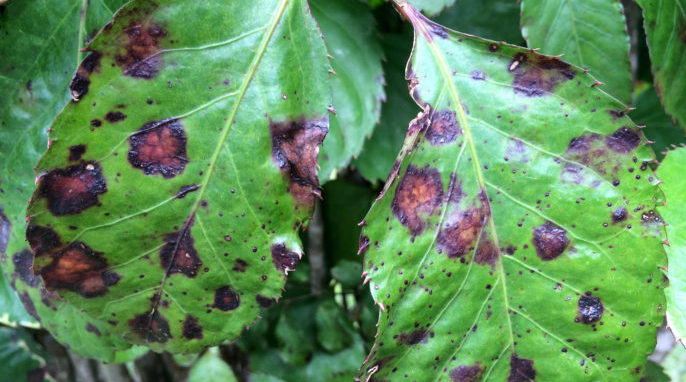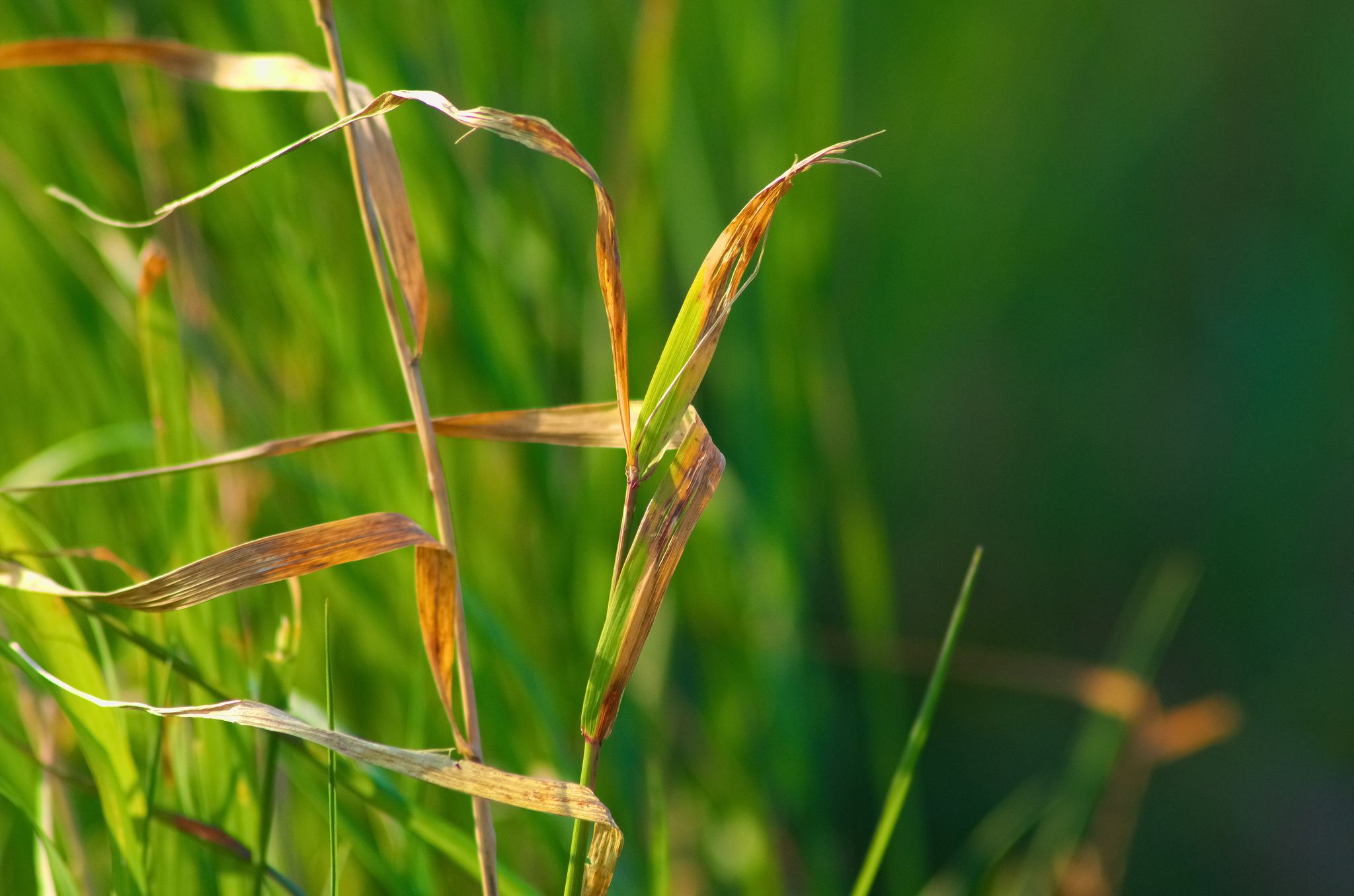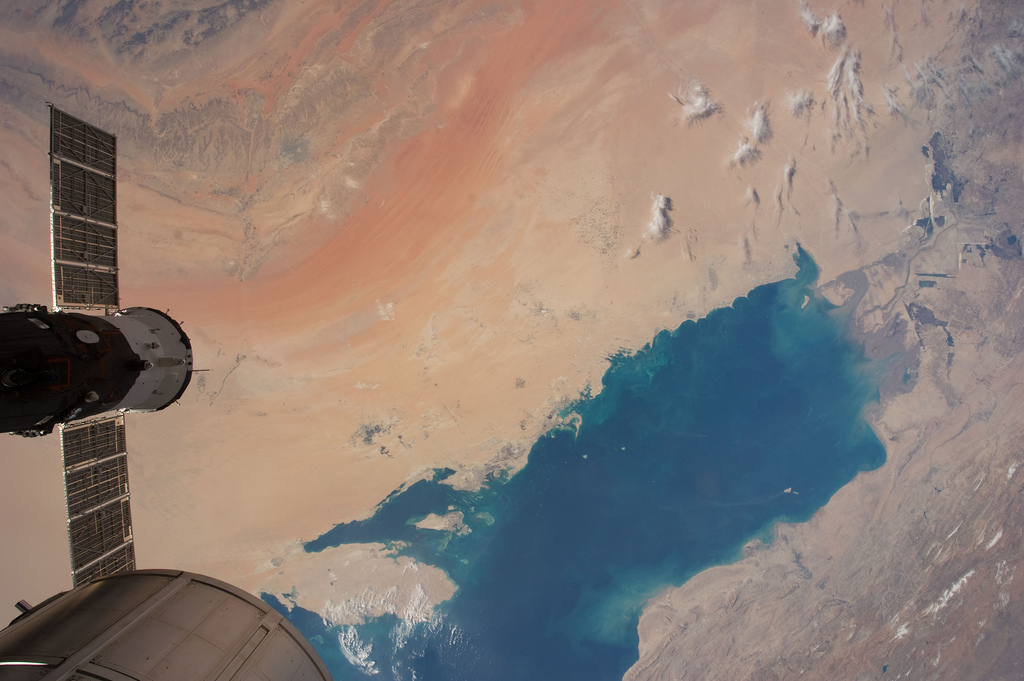By Kate Stone
@GotScienceOrg
Pl@ntNet is a citizen science project and an app that helps you identify plants, thanks to the camera of your smartphone. The app recognizes more than 13,000 species around the world. We recently spoke with Rémi Knaff, community manager for the project, about plant identification and citizen science.
GotScience: Who can use this plant identification tool?
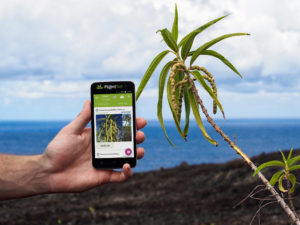
Knaff: The app can be used by anyone who is interested in plants or wants to be part of a citizen science project. The app uses crowdsourced data to give you the scientific and common names of the plant in front of you, and it gives you access to additional online resources about the plant.
GotScience: How does it help make science accessible to everyone?
Knaff: You don’t need to be an expert in botanical sciences to use the app. It was made to be easily used by everyone. Knowledge is power. If you know what’s growing around you, you will be able to protect it better.
The most important thing about our plant recognition and identification system is the quality of your picture. You can find a tutorial about “what is a good picture for Pl@ntNet” on our new website, plantnet.org, under “Participate” in the navigation menu.
[tweetthis]Anyone with a smartphone can use @PlantNetProject to identify plants.[/tweetthis]
GotScience: Who is behind the Pl@ntNet project?
Knaff: All of the organizations behind the project are labs working on either botanical or computer sciences. They are public institutions researching biodiversity, ecology, and deep-learning for information technologies. We’re all located in Montpellier, France.
GotScience: What else do you want our readers to know about your project?
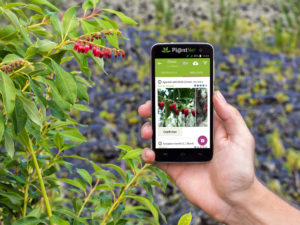
Knaff: Our project is free for everyone to use, without any ads, and it will always be that way. But we need the help of our users to keep it going. The information infrastructures we use are very expensive, and with more than 50,000 users per day, you can imagine the volume of data we have to keep in our database! The scientific institutions behind us can’t provide us enough money to keep up the project, so we have started a donation campaign. More information is available on our website.
GotScience: Can people contact you for more information?
Yes! The easiest way to contact us is via email. Write to us at contact@plantnet-project.org. GotScience readers can also connect with us on social media: Facebook (@PlantNetProject), Twitter (@PlantNetProject), and Instagram (PlantNet).
—Kate Stone is the Editor in Chief of GotScience Magazine, published by the nonprofit Science Connected.
Featured image: Alpinia purpurata. All images are provided by Rémi Knaff from PlantNET.
GotScience Magazine, published by the nonprofit Science Connected, is made possible by donations from readers like you. With your help, we create equal access to science literacy and education. Click to learn more about Science Connected and get involved.


